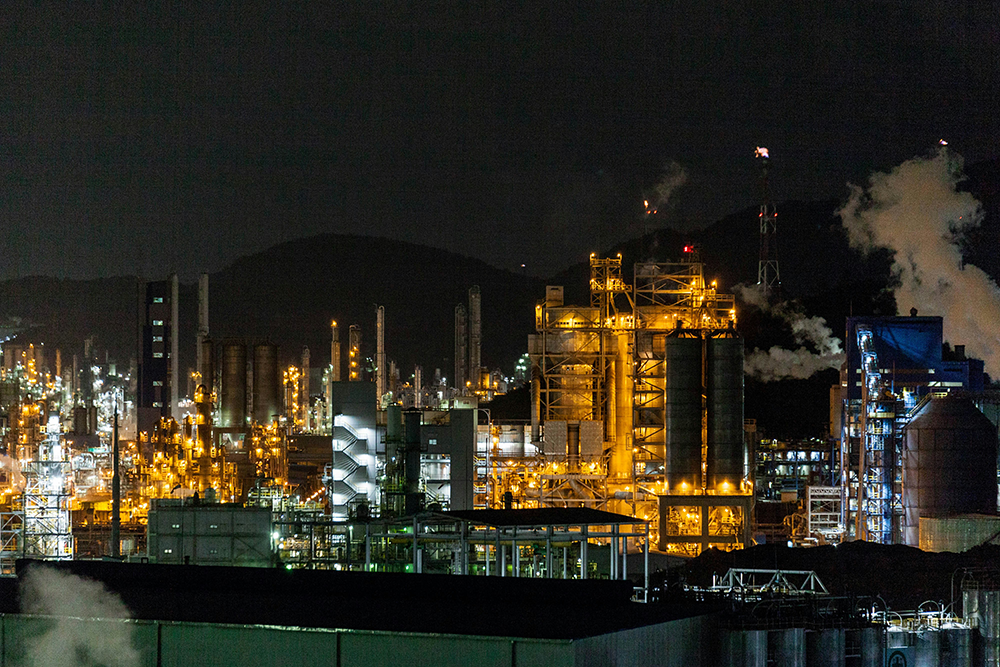Composite Air Release Valve Advantages
Air release valves are essential for maintaining efficiency in water pipelines by automatically removing trapped air. While traditional materials like ductile iron, bronze, and stainless steel remain common, composite air release valves are increasingly popular.
If you’re researching “composite air release valve advantages”, this guide explains why engineered polymer materials are being adopted across irrigation, municipal, and industrial water systems — and how they compare to traditional metals.
What Is a Composite Air Release Valve?
A composite air release valve is manufactured using high-strength, engineered polymers instead of metal. These advanced plastics are reinforced with additives to improve durability, chemical resistance, and performance under pressure.
They are lightweight, corrosion-proof, and specifically designed to meet the demands of modern water distribution and irrigation systems.
Key Advantages of Composite Air Release Valves
1. Corrosion Resistance
- Immune to rust, scaling, and chemical attack.
- Ideal for aggressive water chemistry, chlorinated networks, and fertigation systems.
- Unlike ductile iron, no coating or lining is required for protection.
2. Lightweight Design
- Easier to transport, handle, and install compared with metal valves.
- Reduces structural stress on pipelines and fittings.
- Lower shipping and handling costs.
3. Cost Efficiency
- Typically lower initial cost than stainless steel alternatives.
- Long service life reduces replacement cycles, improving overall value.
- Maintenance savings — no re-coating or lining needed.
4. Chemical & UV Resistance
- Resistant to fertilizers, wastewater, and chemicals common in irrigation and treatment plants.
- UV-stabilised materials provide durability in outdoor installations.
5. Smooth Operation
- Internal surfaces designed to resist scaling and clogging.
- Reliable small-orifice venting performance, even in variable water quality.
Typical Applications for Composite Valves
Composite air release valves are especially well-suited for:
- Agricultural irrigation – lightweight, chemical-resistant, affordable.
- Municipal water networks – low-maintenance solution for chlorinated distribution.
- Wastewater treatment – resistant to chemical attack and scaling.
- Industrial plants – where corrosive fluids and outdoor exposure are common.
Summary
The advantages of composite air release valves lie in their lightweight design, corrosion resistance, and cost-effectiveness, making them particularly attractive for irrigation, municipal, and chemical applications.
While stainless steel still delivers unmatched longevity and ductile iron remains a reliable budget option, composites offer a modern alternative that balances performance, durability, and affordability.
For many projects in 2025 and beyond, composites are becoming the go-to solution for managing air in pipelines efficiently and reliably.
Contact us now to see how we can help you!
Contact us by email at sales@gavalves.co.uk or call us on 01484 711983
Related Posts
Below you can view our related posts.

Guide
Small Air Release Valve for High Pressure Pump Station
High pressure pump stations are critical components in water distribution, industrial processing, and irrigation networks. But with higher
Read More
Resource
Small Air Release Valve for High Pressure Pump Station
High pressure pump stations are critical components in water distribution, industrial processing, and irrigation networks. But with higher
Read More
Guide
Sizing Chart for Small Orifice Air Valve
Small orifice air valves play a critical role in removing dissolved air from pressurised pipelines during operation. To
Read More